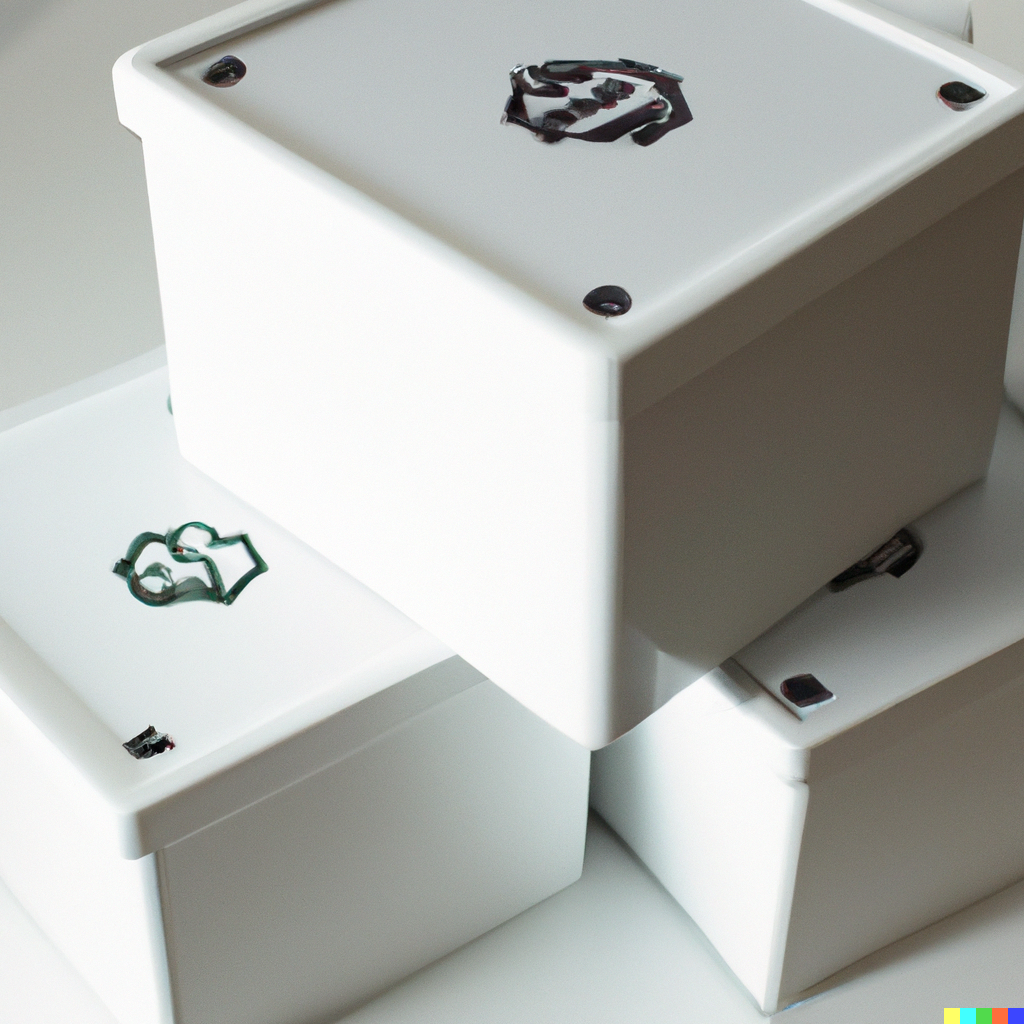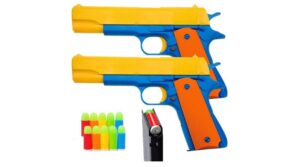
Custom medicine boxes
Medication adherence, the extent to which patients take medication as prescribed by healthcare providers, is a crucial factor in the effectiveness of treatment for various medical conditions. However, despite its importance, poor medication adherence remains a significant problem in healthcare. Several factors contribute to non-adherence, including forgetfulness, confusion about dosing schedules, and concerns about potential side effects. One effective solution to address this issue is the use of custom boxes. Patients accept drugs as endorsed by medical services suppliers, which is an essential calculation of the viability of therapy for different ailments. In any case, in spite of its significance, unfortunate medicine adherence stays a critical issue in medical care. A few variables add to non-adherence, including distraction, disarray about dosing timetables, and worries about possible incidental effects. One powerful answer for addressing this issue is the utilization of medication boxes.
They are specialized packaging solutions designed to meet the unique needs of pharmaceuticals. These boxes can be customized in terms of size, shape, color, material, and printing to ensure that they accurately represent the brand and provide optimal protection for medication. In this article, we will explore how custom medicine boxes can help improve medication adherence. Are specialized packaging solutions designed to meet the unique needs of pharmaceuticals? These boxes can be customized in terms of size, shape, color, material, and printing to ensure that they accurately represent the brand and provide optimal protection for medication. In this article, we will explore how boxes can help improve medication adherence.
A Unique Approach Of Custom Medicine Boxes
One of the primary reasons for non-adherence is confusion regarding dosing schedules. Patients may forget when to take their medication or accidentally take more than what is prescribed. With medicine packaging boxes, clear instructions can be printed on the packaging, reminding patients when to take their medication and in what dosage. This simple but effective solution can significantly reduce the risk of non-adherence due to confusion or forgetfulness. The power of visual communication should never be underestimated. They adorn with clear, concise, and visually appealing labels, ensuring that patients can easily identify their medications. The strategic use of color coding and intuitive symbols further enhances comprehension, minimizing the risk of medication errors and confusion.
Improved Convenience for Patients
Another common reason for non-adherence is inconvenience. Patients may find it challenging to keep track of multiple medications or remember to take medication at specific times. Medicine boxes can design to include compartments for different types of medication, making it easier for patients to organize their pills and avoid confusion. Additionally, these boxes can design with features such as alarms or reminders to alert patients when it is time to take their medication. By improving convenience, medicine packaging boxes can help reduce non-adherence rates and increase patient satisfaction. One of the most common reasons for medication non-adherence is forgetfulness. They are equipped with innovative dosage reminders, ensuring that patients never miss a dose. These reminders can take various forms, such as built-in alarms, electronic notifications, or even personalized messages that resonate with the patient’s unique journey.
Increased Patient Engagement
Patient engagement refers to the active participation of patients in their own healthcare. Engaged patients are more likely to follow their treatment plans and take medication as prescribed. Boxes can help increase patient engagement by providing patients with information about their medication and its purpose. This information can print on the packaging, along with instructions on how to use the medication safely and effectively. By increasing patient engagement, medicine-printed boxes can improve medication adherence and contribute to better health outcomes. Knowledge is power, and boxes offer patients a gateway to valuable information. Each box contains comprehensive medication details, including indications, contraindications, potential side effects, and storage instructions. By arming patients with this vital knowledge, we enable them to make informed decisions about their health and treatment plans.
Brand Recognition and Patient Trust
Medicine boxes can also help build brand recognition and patient trust. When patients receive medication in customized packaging with clear instructions and branding. They are more likely to trust the medication’s efficacy and safety. Additionally, medicine packaging boxes that design to reflect the brand’s values and mission can help build brand awareness and loyalty. Patients who feel connected to a brand are more likely to adhere to their medication regimen, leading to improved health outcomes.
Enhanced Safety and Security
Lastly, medicine boxes can enhance medication safety and security. These boxes can design to include tamper-evident features such as seals or locking mechanisms, ensuring that the medication inside remains secure until it is open by the patient. Additionally, medicine-printed boxes can design to protect medication from environmental factors such as moisture, light, or temperature changes, which can impact the medication’s effectiveness. By enhancing safety and security, medicine-printed boxes can help prevent medication errors and reduce non-adherence rates.
In an era where environmental consciousness is paramount, boxes embrace sustainability. Crafted from eco-friendly materials, these boxes symbolize our commitment to preserving our planet for future generations. By adopting this eco-conscious approach, we inspire patients to participate in a global movement toward a healthier world. Both within and outside their own bodies. They are not standalone solutions; they are part of a comprehensive ecosystem designed to support patients throughout their treatment journey. These boxes serve as bridges, connecting patients with healthcare professionals, support networks, and digital tools that provide ongoing guidance, encouragement, and even virtual consultations. Together, we create a collaborative environment that nurtures adherence and fosters holistic patient well-being.
Conclusion
In conclusion, custom boxes offer an effective solution to improve medication adherence rates. By providing clear instructions on dosing schedules, improving convenience for patients, increasing patient engagement, building brand recognition and patient trust, and enhancing medication safety and security, these boxes can help address the factors contributing to non-adherence. Pharmaceutical companies should consider investing in customized packaging solutions to improve medication adherence rates. Resulting in better health outcomes for patients and increased business success for the company. The potential of custom boxes to revolutionize medication adherence is boundless. As we journey into this new era of patient-centric healthcare, it is crucial to embrace innovations that empower patients, foster understanding, and inspire lasting change. By harnessing the power of personalization, visual communication, dosage reminders, information accessibility, sustainability, and supportive networks, we can unlock the true potential of medication adherence.





